
Comptonia peregrina - Plant
(MRP Inclusive of all taxes)
- Shipping ₹79 for entire order
- Dispatch in 7 days
- Country of origin: India

(MRP Inclusive of all taxes)
 Save 29%
Save 29%
Air Purifier Money Plant with Pot The Air Purifier Money Plant, also known as Pothos or Epipremnum aureum, is a stunning indoor plant that...
View full details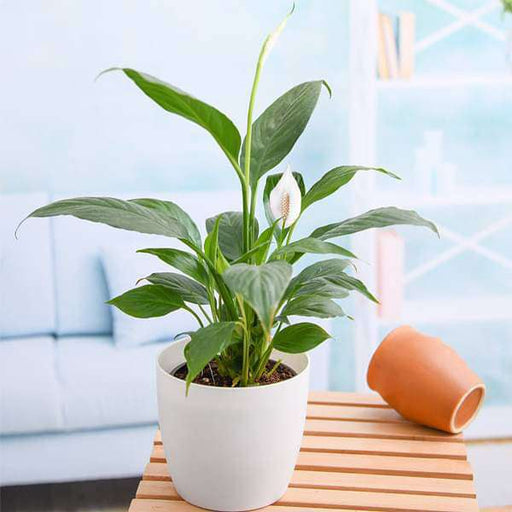
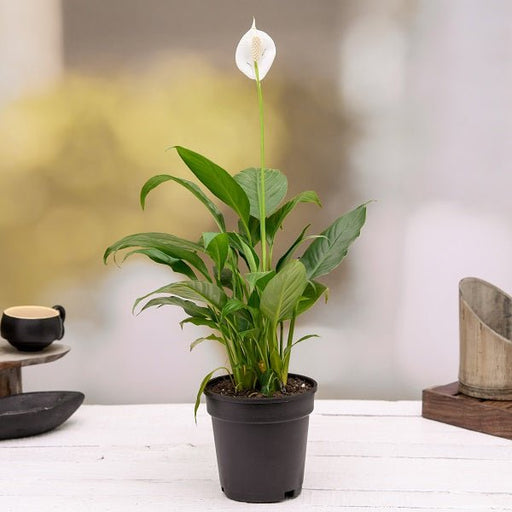 Save up to 15%
Save up to 15%
Peace Lily, Spathiphyllum - Plant The Peace Lily, scientifically known as Spathiphyllum, is a stunning houseplant celebrated for its elegant white...
View full details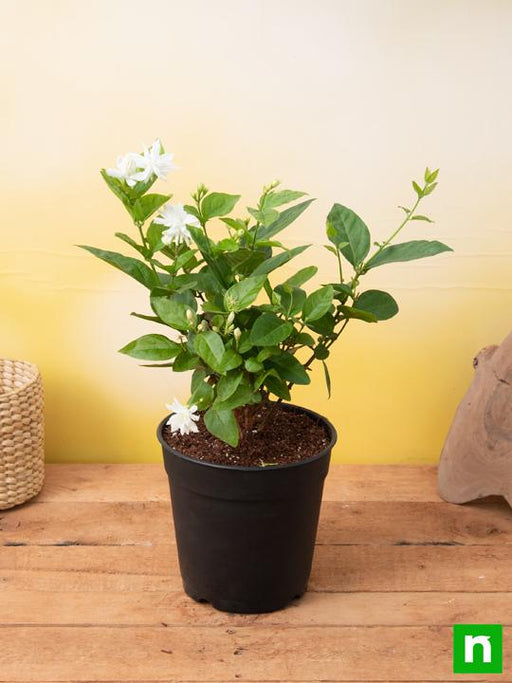
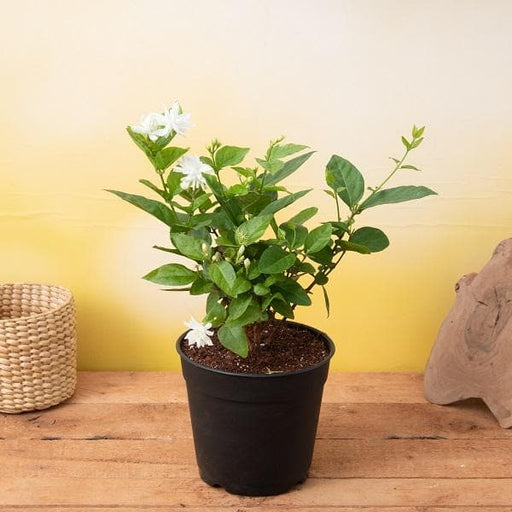 Save 25%
Save 25%
Jasminum sambac, Mogra, Arabian Jasmine - Plant Jasminum sambac, commonly known as Mogra or Arabian Jasmine, is a fragrant flowering plant...
View full details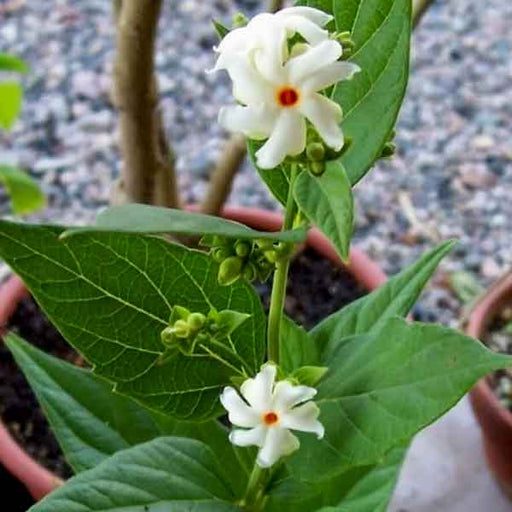
 Save 18%
Save 18%
Combo Constituents Includes the Parijat Tree (Night-Flowering Jasmine), a culturally significant plant with fragrant flowers. Description The Pari...
View full details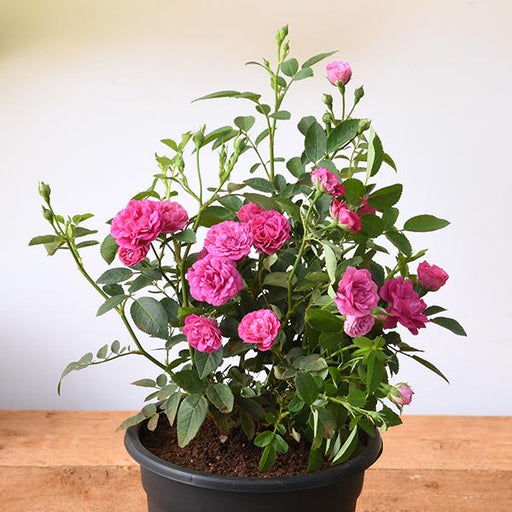
 Save 25%
Save 25%
Miniature Rose, Button Rose (Any Color) - Plant The Miniature Rose, also known as the Button Rose, is a charming and compact flowering plant that ...
View full details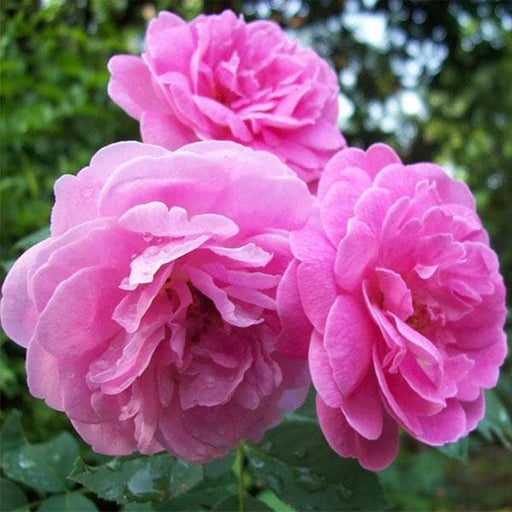 Save 25%
Save 25%
Damascus Rose, Scented Rose (Any Color) - Plant The Damascus Rose, also known as Rosa damascena, is a timeless symbol of beauty and romanc...
View full details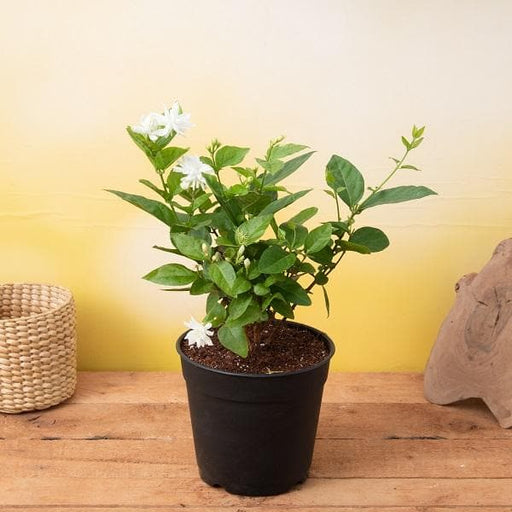
 Save 17%
Save 17%
Beautiful Fragrant Mogra, Arabian Jasmine Plant with Pot The Beautiful Fragrant Mogra, also known as Arabian Jasmine (Jasminum sambac), is...
View full details Save 15%
Save 15%
Pack of Vermicompost and Neem Cake for House Plants Transform your indoor garden with our premium Pack of Vermicompost and Neem Cake, spec...
View full details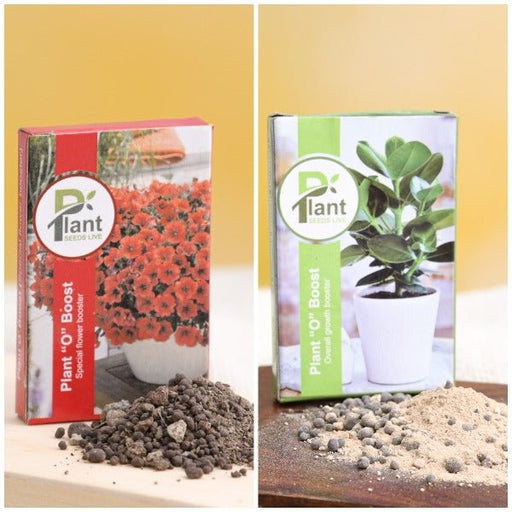
Pack of Plant Growth and Flower Boosters Unlock the full potential of your garden with our Pack of Plant Growth and Flower Boosters! This ...
View full details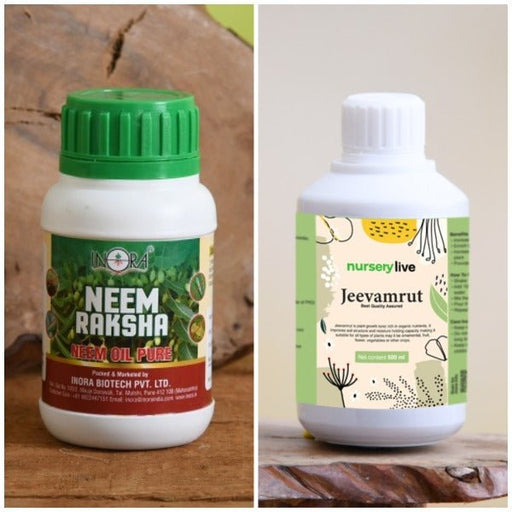 Save 38%
Save 38%
Combo of Jeevamrut and Neem Raksha for Easy Growth and Protection of Houseplants Transform your indoor garden with our exclusive combo of ...
View full details Save 22%
Save 22%
Plant Nutrients Kit (Pack of 16) for a Healthy Garden Transform your garden into a lush paradise with our Plant Nutrients Kit, featuring 1...
View full details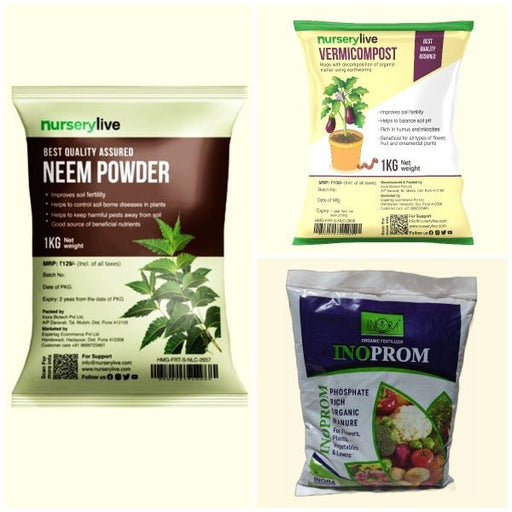 Save 16%
Save 16%
Combo of Top Plant Fertilizers Elevate your gardening game with our exclusive Combo of Top Plant Fertilizers, featuring two bags of premiu...
View full details Save 24%
Save 24%
Pack of 4 Additives to Make Soil Healthy and Nutrient Rich Transform your garden into a thriving ecosystem with our Pack of 4 Additives de...
View full details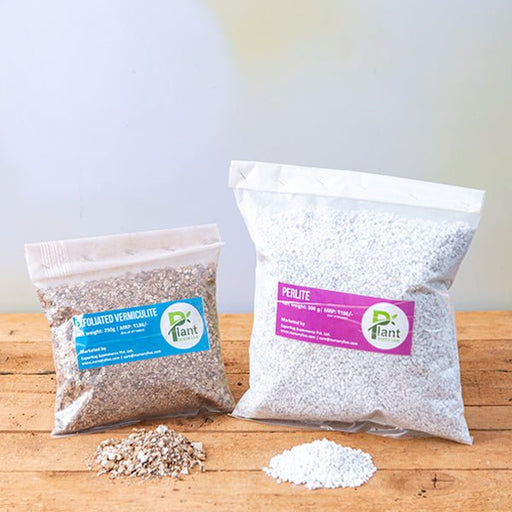 Save 30%
Save 30%
Transform your gardening experience with our premium Combo of Perlite and Vermiculite. This unique blend is designed to enhance soil aeration and ...
View full details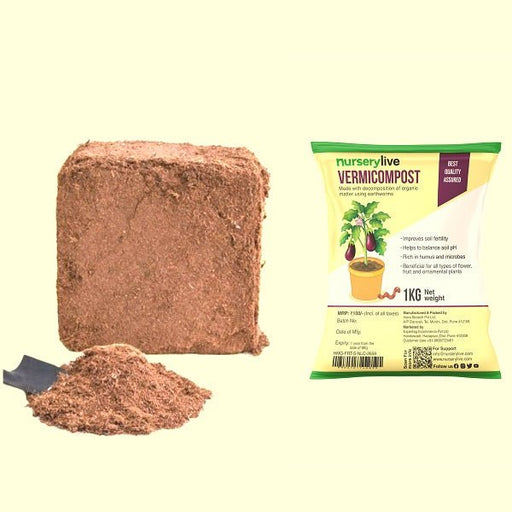 Save 27%
Save 27%
Combo of 2 Vermicompost and Cocopeat - Enrich Your Soil Naturally! Transform your garden into a thriving ecosystem with our Combo of 2 Ver...
View full details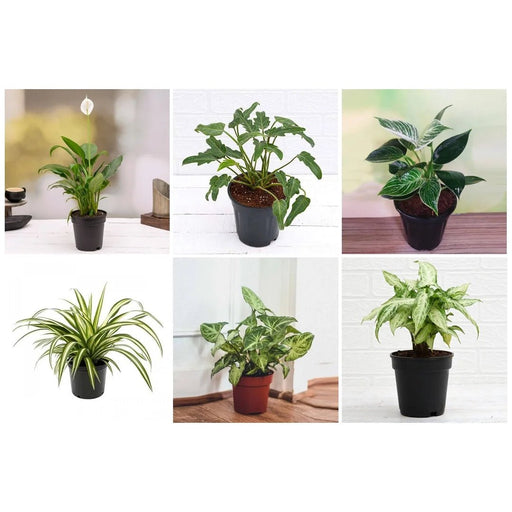
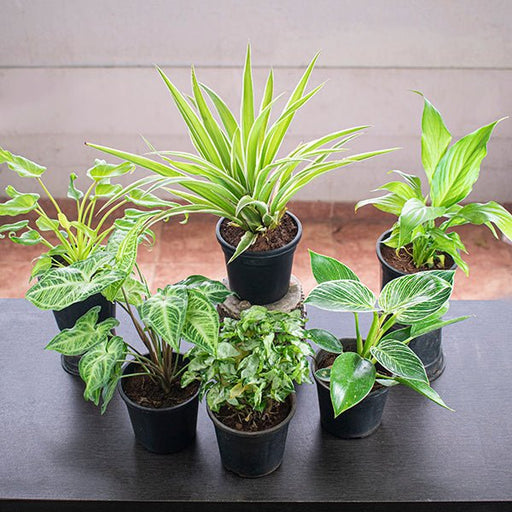 Save 35%
Save 35%
Best 6 Plants for Perfect Indoor Garden Transform your living space into a lush oasis with our curated collection of the Best 6 Plants for a...
View full details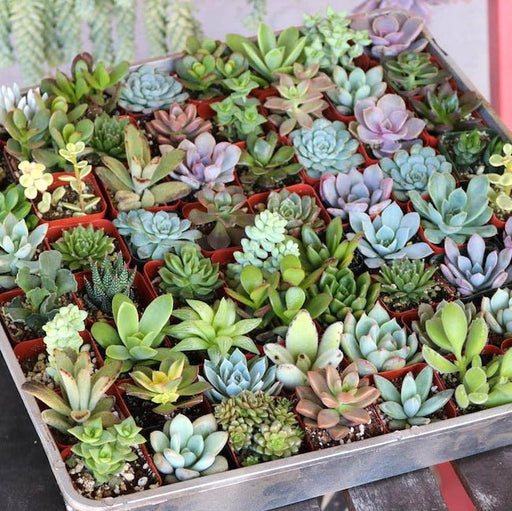
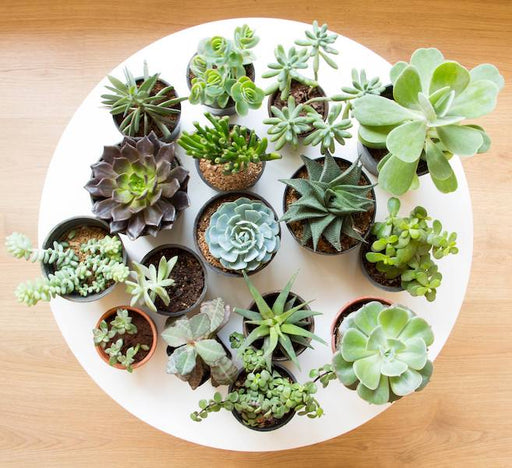 Save up to 50%
Save up to 50%
Mini Succulent Garden Pack Transform your space with our Mini Succulent Garden Pack, featuring a delightful collection of 4 any variety beautiful s...
View full details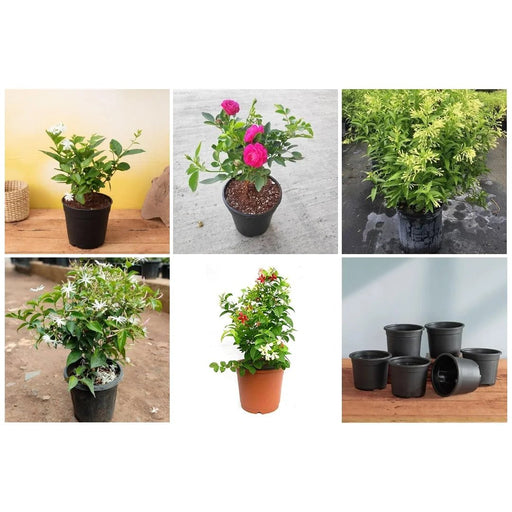
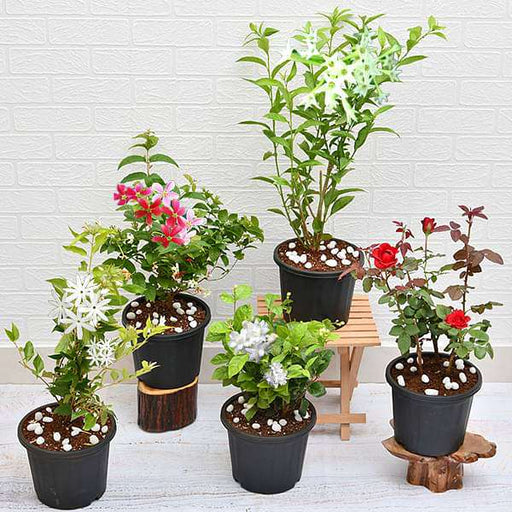 Save 30%
Save 30%
5 Best Fragrant Plants Transform your garden or indoor space into a fragrant paradise with our curated selection of the 5 Best Fragrant Plants. Th...
View full details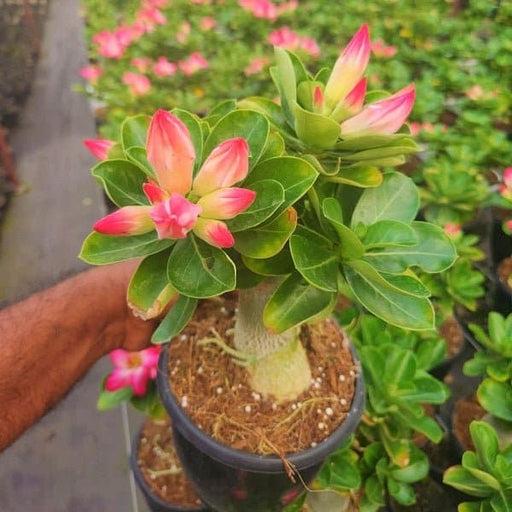
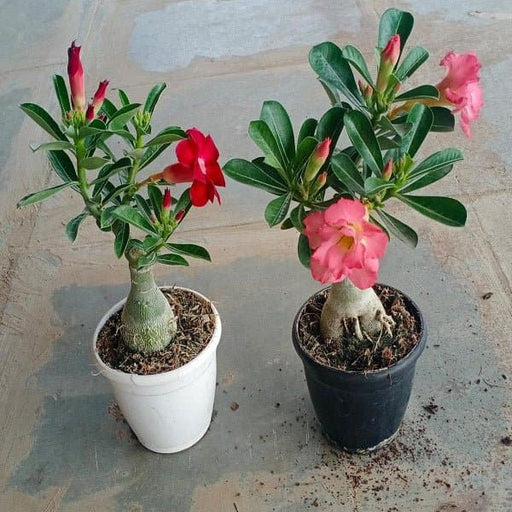 Save 24%
Save 24%
Set of 2 Bonsai Looking Grafted Adeniums Transform your indoor or outdoor space with our exquisite Set of 2 Bonsai Looking Grafted Adenium...
View full details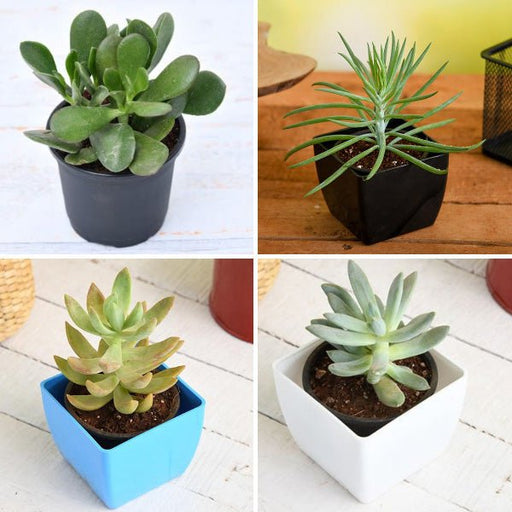 Save 45%
Save 45%
Top 4 Die Hard Succulents Pack Transform your indoor or outdoor space with our Top 4 Die Hard Succulents Pack, featuring a curated selecti...
View full details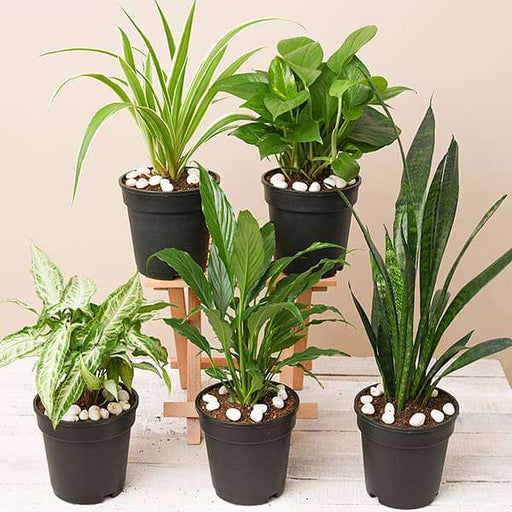
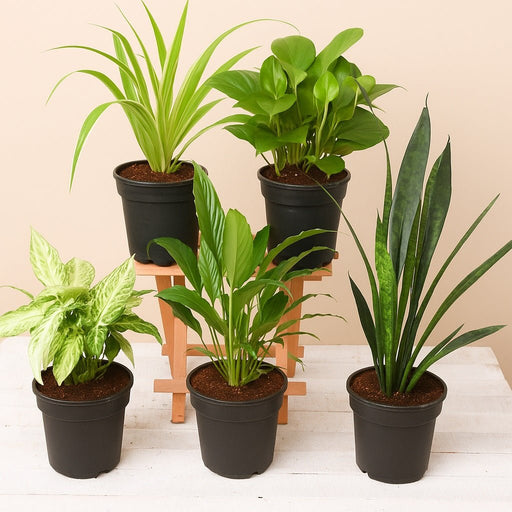 Save 30%
Save 30%
5 Best Indoor Plants Pack Transform your living space into a lush oasis with our '5 Best Indoor Plants Pack.' This carefully curated collection fe...
View full details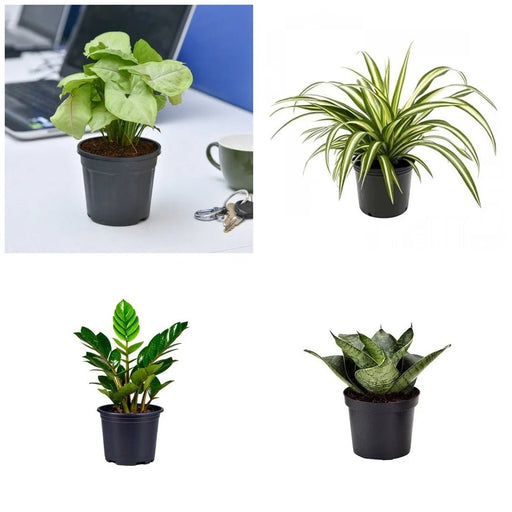
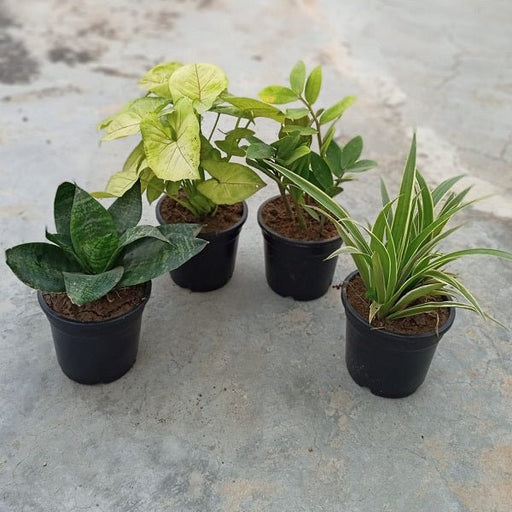 Save 25%
Save 25%
Set of 4 Evergreen Air Purifier Plant Pack Transform your indoor space into a lush, green oasis with our Set of 4 Evergreen Air Purifier Pla...
View full details| SrNo | Item Name |
|---|---|
| 1 | Comptonia peregrina - Plant |
Comptonia peregrina, commonly known as Sweet Fern, is a unique deciduous shrub native to North America. This hardy plant thrives in sandy or rocky soils and is often found in dry, open woodlands. With its aromatic, fern-like leaves, it not only adds beauty to gardens but also attracts beneficial pollinators. Sweet Fern is a member of the Myricaceae family and is known for its resilience and adaptability, making it an excellent choice for sustainable landscaping.
Sweet Fern is special due to its ecological benefits and versatility. It plays a crucial role in soil stabilization and erosion control, making it an essential plant for restoring disturbed areas. Additionally, its leaves are rich in essential oils, which have been traditionally used for medicinal purposes, including treating respiratory ailments.
This plant features elongated, serrated leaves that emit a sweet, spicy fragrance when crushed. Its unique growth habit allows it to thrive in poor soils, and it can tolerate drought conditions, making it an ideal choice for low-maintenance gardens. The plant also produces small, inconspicuous flowers that develop into nut-like fruits, providing food for wildlife.
If you’re looking to add a touch of authenticity to your garden, look no further than Comptonia peregrina, also known as sweet fern. This native plant is like the cool kid in school who effortlessly fits in everywhere. It thrives in sandy soils and can handle a bit of neglect, making it the perfect choice for those who want a low-maintenance yet stylish garden. Plus, it’s a great conversation starter—who wouldn’t want to brag about their sweet fern?
Did you know that Comptonia peregrina isn’t just a pretty face? This plant has a history of medicinal uses that would make any herbalist swoon. Traditionally, its leaves were brewed into teas to soothe various ailments. So, if you’re feeling under the weather, why not channel your inner herbalist and whip up a cup of sweet fern tea? Just don’t forget to invite your friends for a taste test!
Comptonia peregrina is like the soil’s best friend. This plant has a knack for improving soil quality, thanks to its nitrogen-fixing abilities. It’s like giving your garden a little boost of energy, making it more fertile and ready for other plants to thrive. So, if you want to be the ultimate garden guru, plant some sweet fern and watch your soil transform into a nutrient-rich paradise.
If you’re a fan of wildlife, Comptonia peregrina is your new best friend. This plant provides a cozy habitat for various critters, from butterflies to birds. It’s like a five-star hotel for the local fauna, offering shelter and food. So, plant some sweet fern and turn your garden into a wildlife sanctuary. Just be prepared for the occasional squirrel party!
Looking to spice up your landscaping game? Comptonia peregrina is here to help! This versatile plant can be used in borders, ground covers, or even as a focal point. Its unique fern-like leaves add texture and interest to any garden design. So, unleash your inner landscape artist and let sweet fern work its magic in your outdoor space.
If you live in a dry area, Comptonia peregrina is like the superhero of drought resistance. This plant can withstand dry spells like a champ, making it a perfect choice for xeriscaping. It’s the ultimate low-maintenance option for those who want a beautiful garden without the hassle of constant watering. So, sit back, relax, and let sweet fern thrive while you enjoy your well-deserved time off.
Who doesn’t love a plant that smells good? Comptonia peregrina has aromatic qualities that can make your garden feel like a fragrant paradise. The leaves release a sweet, earthy scent when crushed, adding an olfactory delight to your outdoor space. So, if you want to impress your guests, plant some sweet fern and let the aroma do the talking.
If you’re into companion planting, Comptonia peregrina is a matchmaker extraordinaire. This plant pairs well with various species, enhancing their growth and health. It’s like the friend who always knows the right people to introduce you to. So, plant sweet fern alongside your favorite flowers and vegetables, and watch your garden flourish like never before.
Comptonia peregrina has a growth habit that’s as charming as its name. This plant typically grows in a bushy, spreading form, making it an excellent choice for ground cover. It’s like the friendly neighbor who always lends a helping hand, filling in gaps and creating a lush, green carpet in your garden. So, let sweet fern take the lead in your landscape design!
One of the best things about Comptonia peregrina is its seasonal interest. This plant offers something to admire year-round, from its vibrant green leaves in spring to its golden hues in fall. It’s like the garden equivalent of a multi-talented performer, always keeping you entertained. So, plant sweet fern and enjoy the show as it changes with the seasons.
If you’re tired of battling pests in your garden, Comptonia peregrina is your secret weapon. This plant is naturally resistant to many common garden pests, making it a low-maintenance option for eco-conscious gardeners. It’s like having a bodyguard for your plants, keeping them safe from unwanted visitors. So, let sweet fern stand guard while you enjoy a pest-free paradise.
When it comes to garden design, Comptonia peregrina is the versatile star you didn’t know you needed. Its unique foliage and adaptability make it a fantastic addition to any garden style, from rustic to modern. So, whether you’re going for a wildflower meadow or a sleek contemporary look, sweet fern can fit right in. Get ready to elevate your garden design game!
Comptonia peregrina, also known as sweet fern, is not a fern but a delightful shrub native to North America. With its aromatic leaves and unique, feathery appearance, it adds a touch of whimsy to gardens. Plus, it’s a tough cookie, thriving in poor soils and resisting pests like a champ!
This charming plant prefers sandy, well-drained soils and can often be found in dry, open woods or along roadsides. It’s like the introvert of the plant world, thriving in less crowded spaces. If you’re in the northeastern U.S. or Canada, you might just stumble upon this little gem!
Comptonia peregrina typically reaches heights of 2 to 3 feet, making it a perfect mid-sized shrub. It’s not trying to steal the spotlight but rather to complement your garden’s ensemble. Think of it as the reliable friend who always shows up but never overshadows the main event!
Beyond its beauty, Comptonia peregrina has a few tricks up its sleeve! Its leaves can be used to make a fragrant tea, and Native Americans historically used it for medicinal purposes. It’s like the Swiss Army knife of plants—functional, versatile, and always ready to lend a hand!
Yes, indeed! Comptonia peregrina is not on the deer’s menu, making it a fantastic choice for gardens in deer-prone areas. It’s like the bouncer of your garden, keeping unwanted nibblers at bay while still looking fabulous. Who knew being a plant could come with such perks
Propagating Comptonia peregrina is as easy as pie! You can do it through seeds or by taking cuttings. Just ensure you provide the right conditions—think sandy soil and a sunny spot. Before you know it, you’ll have a mini sweet fern empire flourishing in your backyard!
Comptonia peregrina thrives in full sun to partial shade and prefers well-drained, sandy soils. It’s not picky, but it does enjoy a little neglect—perfect for those who forget to water! Just give it some space, and it’ll reward you with its charming presence.
Absolutely! Comptonia peregrina is a drought-tolerant superstar. Once established, it can withstand dry spells like a pro. It’s the plant equivalent of a camel, storing up resources and looking fabulous while doing it. So, if you’re a forgetful waterer, this plant is your new best friend!
Definitely! Comptonia peregrina adds texture and interest to landscapes, especially in native plant gardens. Its unique foliage and delightful aroma make it a standout choice. Plus, it attracts pollinators, so you’ll be the talk of the neighborhood for having the most buzzing garden around!
Fear not! Comptonia peregrina is generally pest-resistant, making it a low-maintenance option for gardeners. It’s like the superhero of the plant world, fending off pests with ease. Just keep an eye out for the occasional intruder, but chances are, they’ll think twice before messing with this tough plant!
Yes, you can grow Comptonia peregrina in pots, but make sure they’re spacious enough for its roots to stretch. Just remember to use well-draining soil and provide plenty of sunlight. It’s like giving your plant a cozy apartment—just the right amount of space and light for a happy life!